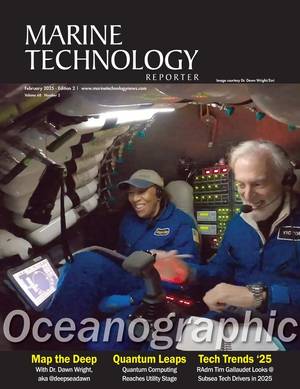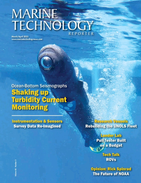International Submarine Engineering Ltd. has signed a contract to build a 5,000 meter depth Explorer class autonomous underwater vehicle (AUV) for the University of Tasmania (UTAS) and the Australian Research Council (ARC) Antarctic Gateway Partnership project.
This Explorer will be ISE’s fourth under-ice capable AUV that builds on the success of Theseus and the two Arctic Explorer vehicles owned and operated by Natural Resources Canada.
This Explorer is destined for the Australian Maritime College, a specialist institute of UTAS, and will be used by the Antarctic Gateway Partnership (AGP), an Australian Government funded initiative to build further polar research capability in Tasmania.
AGP Theme 4 (Marine Technology and Polar Environments) Leader and AMC Principal, Professor Neil Bose, said this Explorer will be utilized by a talented group of scientists and operators taking the under-ice capable vehicle into unexplored environments. Explorer’s variable ballast system will facilitate unique science operations such as sediment and ice sampling. This will be a novel use for Explorer’s variable ballast system which has been totalized previously on Explorer and Theseus AUVs to facilitate parking and cable laying.
“ISE’s extensive experience with international oceanographic research has prepared us to respond to advanced operational requirements brought forth by our end-use customers,” said James A.R. McFarlane Executive Vice-President, ISE.
This Explorer AUV will be equipped with an EdgeTech 2205 sonar which incorporates side scan, sub bottom and bathymetric capabilities in one compact package. Explorer’s modular design and unmatched dry payload volume provides opportunity for the AUV with room to grow, allowing UTAS researchers to adapt to the surprises that are inevitable when exploring never before seen areas of the ocean floor. New sensors and payloads can be integrated quickly and easily to adapt to new discoveries.
• 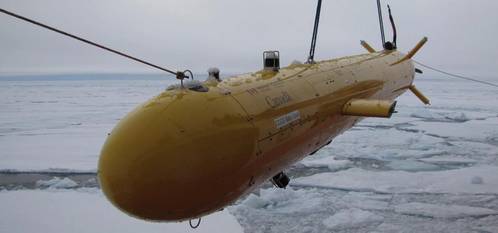


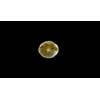
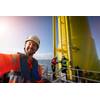
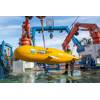

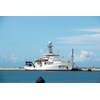






 February 2025
February 2025
